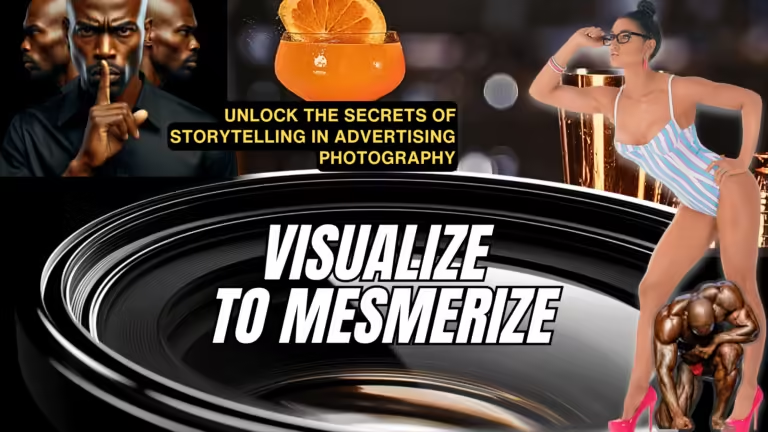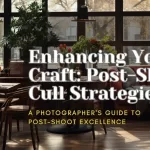Introduction
In the modern age, our lives are entwined with social media. Platforms like Facebook, Instagram, and Twitter were created with the intention of bringing people together. They allowed us to share, engage, and build virtual connections. However, over time, these very platforms have taken more than they have given, dominating our creative lives, and taking control of our works. The need to reclaim our digital sovereignty is more urgent than ever, and this journey starts with understanding the transformation and the path to take back control.
Table of Contents
The Birth of Social Media
Social media started as a set of simple tools for connection:
These platforms were built on the idea of community, sharing, and open expression. But with time, they evolved into something more complex and controlling.

- Facebook: Rekindling old friendships
- Instagram: Sharing snapshots of life
- Twitter: Engaging in meaningful discussions
Creativity’s Bondage to Platforms: A Double-Edged Sword
As artists and creatives, we have found these platforms both a boon and a curse. While they have offered us the opportunity to share our works globally, they’ve simultaneously enslaved us to their algorithms, popularity metrics, and ad-driven motives. Our art is no longer solely ours; it’s commodified and packaged for mass consumption. The digital age has given artists unprecedented access to global audiences. Social media platforms have become powerful tools, enabling us to share our work with millions. Yet this freedom comes at a cost.
We find ourselves shackled to algorithms that judge our work by likes and shares rather than artistic merit. The platforms that promised liberation have become masters, dictating our creative process and stealing the essence of our expression.

But awareness of this bondage empowers us. We can navigate the digital landscape without losing our core creativity. It’s about recognizing the control exerted by platforms and choosing to transcend it, reclaiming our artistic independence, and embracing our true creative spirit.
The choice is ours, and the future of creativity is in our hands. It’s time to break free from the bondage and assert the intrinsic value of our art.
The Fallacy of Virtual Success
Virtual likes and hearts have evolved into benchmarks of success, transforming genuine engagement into superficial metrics. By seeking digital affirmation, we’ve enabled platforms to control our work, allowing our creations to be exploited for profit.
Ming Thein’s article highlights how algorithms can shape our creativity and autonomy, with real artistic value overshadowed by popularity metrics. What once fostered artistic freedom has become a battleground, where quality is determined by trends. This alarming shift is a call to action to reclaim control and create a space where our work is valued for its intrinsic worth. The fight for digital sovereignty is about redefining success, prioritizing authenticity, and celebrating our unique creative voices.
The Awakening: Realization of Control Loss
The year 2017 was a turning point. I watched in disbelief as my once-vibrant online presence dwindled from tens of thousands of interactions to mere hundreds. My creative works were being used without my consent, while platforms were prompting me to buy viewers and engagement.
My influence and reach were stifled.
Images and ideas I’d poured my soul into were scooped up and used by others. I felt a violation of my artistic integrity.
Buying Authenticity and Losing Control
What hurt most were the platforms pushing me to buy what should have been authentic connections. The authenticity I valued was replaced by a commodified game. Algorithms were deciding my worth, labeling my work, and subjecting me to scrutiny and censorship.
The Road to Reclamation
In 2019, I realized something had to change. I pretty much stopped posting to Instagram, and for the next three years, almost very little ever got out, save for greetings or trinkets. Over 1200 images were systematically removed from the platform. During the pandemic, a pivotal decision was made: I was going to start taking back control of my work and my presence.
Yes, I knew it was going to come at a cost, as hosting a website with all that it entails is not cheap. But it was time to reclaim my creative freedom.

In January 2021, I pulled the plug on my Facebook Fan-page, erasing over 56,488 images from the platform. January 2023 marked the official start of rebuilding my own website from scratch—a process filled with expenditure, struggles, but also growth, a naturalized organic growth. What began in January finally limped to life in May, and I gave myself 90 days to pull it all together: the content, the layout, the SEO, the ranks, the traffic build, all from the ground up. Getting my Google My Business in place, collecting reviews, all the works.
And despite all the hardships, it’s gratifying because when you come to my site, it’s me, just me, all about me and nothing or no one else. My work, presented exactly how I want to show it, without anyone deciding on a moral artificial nature whether I’m right or wrong, or whether some community standards are bent or broken.
I don’t care how many likes you have or what you love or not; that’s for you. For me, you came to see me, either directly through a social media post or organically from having shown up in one of your searches. When I post something, no one gets to scoop it up and run off with it for thousands of followers. When I post something, I have the ultimate control of what you can or cannot do with it.
The journey was about more than regaining control; it was about crafting a space that was genuinely mine. A space uncontrolled by algorithms, where creativity flows freely. A space where my work resides, unmonetized and unfiltered, where my voice is clear, loud, and authentic.
Building a Personal Oasis
Creating a personal website is more than owning a domain; it’s crafting a space that’s authentically yours, uncontrolled by algorithms. It’s a reflection of your unique vision and soul, free from commercial motives.
The process can be complex, requiring technological skill, artistic insight, and investment. Every detail must resonate with your essence, transcending the commodification found on mass social platforms.
The reward is a space solely for your art—untouched by ads, unfiltered by judgments. Visitors experience your work as you intend, undistorted. Building this oasis takes effort and resources, but it’s a step towards autonomy and authenticity. It’s a declaration that your creativity isn’t for sale, a sanctuary where your work resides in pure form.
The Call for Digital Sovereignty
The Canadian Government’s Bill C-18 is just one example that made me question the road we were on and led to thoughts of taking back control from the platforms. It’s time to engage with them on our terms, to reclaim our work, our audience, our control.
Reclaiming digital sovereignty is not just a personal journey; it’s a movement. It’s about authenticity, true engagement, control, and preserving the essence of creativity. As professionals, we must rise to the occasion and forge a new path, where our work is truly ours. Let me know your thoughts?








